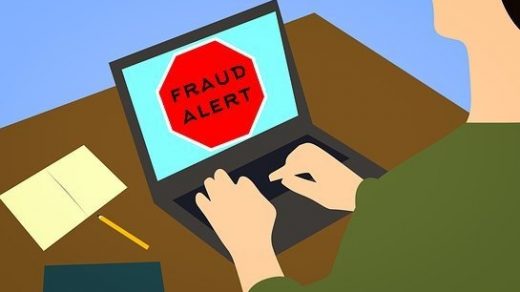Effective communication is essential for conveying business information to company employees in a clear, concise, and impactful manner. Whether you’re sharing updates, announcing changes, or providing important instructions, here are several strategies to ensure that your message resonates with employees and facilitates understanding and engagement.
Customize Your Messaging
First and foremost, consider the audience when crafting your message. Tailor your communication style, tone, and content to resonate with the preferences, needs, and interests of your audience. Take into account factors such as job roles, departments, levels of expertise, and cultural backgrounds to ensure that your message is relevant and relatable to all employees. For example, use language and examples that are familiar and accessible to everyone. Avoid jargon that may be confusing or alienating.
Choose Your Channels
Select the most appropriate communication channels to reach your target audience effectively. Depending on the nature of the information and the preferences of your employees, consider using a combination of channels such as email, company newsletters, intranet portals, team meetings, video conferencing, corporate video production, or instant messaging platforms. Tailor your communication approach to accommodate different learning styles and communication preferences. Ensure that employees receive the information in a format that is accessible and convenient for them. Consider the timing and frequency of your communication to maximize impact and minimize disruption. Be strategic about when and how often you communicate with employees, taking into account factors such as work schedules, time zones, and competing priorities.
Clarity Is Key
Prioritize transparency and honesty in your communication to build trust and credibility with employees. Be open and upfront about the information you’re sharing. Provide context and rationale behind decisions or changes whenever possible. Acknowledge any potential challenges or concerns that employees may have and address them proactively to demonstrate empathy and understanding. Transparency fosters a culture of trust and accountability within the organization, empowering employees to feel valued and informed about the company’s direction and decisions.
Switch Up the Medium
In addition to verbal or written communication, leverage visual aids and multimedia to enhance understanding and engagement. Use charts, graphs, infographics, or videos to illustrate key points, highlight important data, or convey complex concepts. Present everything in a visually appealing and digestible format. Visual aids can help capture employees’ attention. They can facilitate retention and comprehension of the information being communicated.
Improve Communication
Moreover, encourage two-way communication and feedback to foster collaboration between employees and management. Provide opportunities for employees to ask questions. Allow them to share their thoughts. Give input on the information being communicated. Actively listen to employees’ concerns, ideas, and suggestions, and respond thoughtfully and constructively to demonstrate that their voices are heard and valued. Two-way communication empowers employees to actively participate in the decision-making process.
Incorporate Storytelling
Additionally, consider the use of storytelling and narrative techniques to make your message more engaging and memorable. Use real-life examples, anecdotes, or case studies to illustrate key points and bring abstract concepts to life. Storytelling taps into employees’ emotions and experiences. This makes the information more relatable and compelling. By framing your message within a narrative context, you can capture employees’ attention. You can leave a lasting impression. Lastly, evaluate the effectiveness of your communication based on feedback and outcomes. Monitor metrics such as open rates, click-through rates, or employee engagement surveys to gauge the impact of your communication and identify areas for improvement. Solicit feedback from employees on the clarity, relevance, and usefulness of the information being communicated.
Becoming a Super Communicator
In conclusion, effective communication of business information to company employees requires consideration of audience, channels, timing, transparency, visual aids, two-way communication, storytelling, and evaluation. By tailoring your message to resonate with employees, choosing the right communication channels, prioritizing transparency and honesty, leveraging visual aids and multimedia, encouraging two-way communication and feedback, using storytelling techniques, and evaluating the effectiveness of your communication efforts, you can ensure that your message is understood, appreciated, and acted upon by employees. Effective communication fosters a culture of engagement, collaboration, and alignment within the organization, driving success and growth for the company as a whole.



Recent Comments